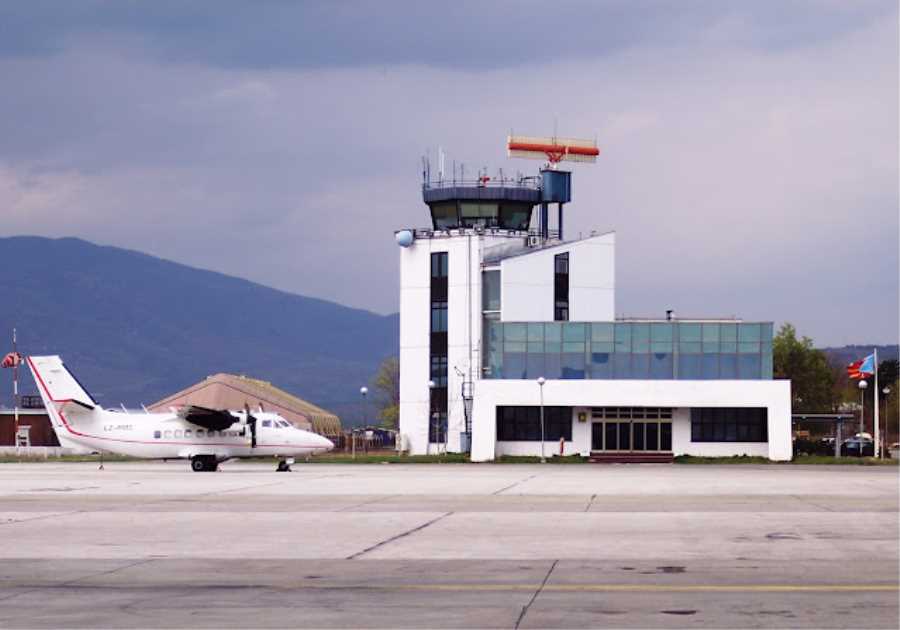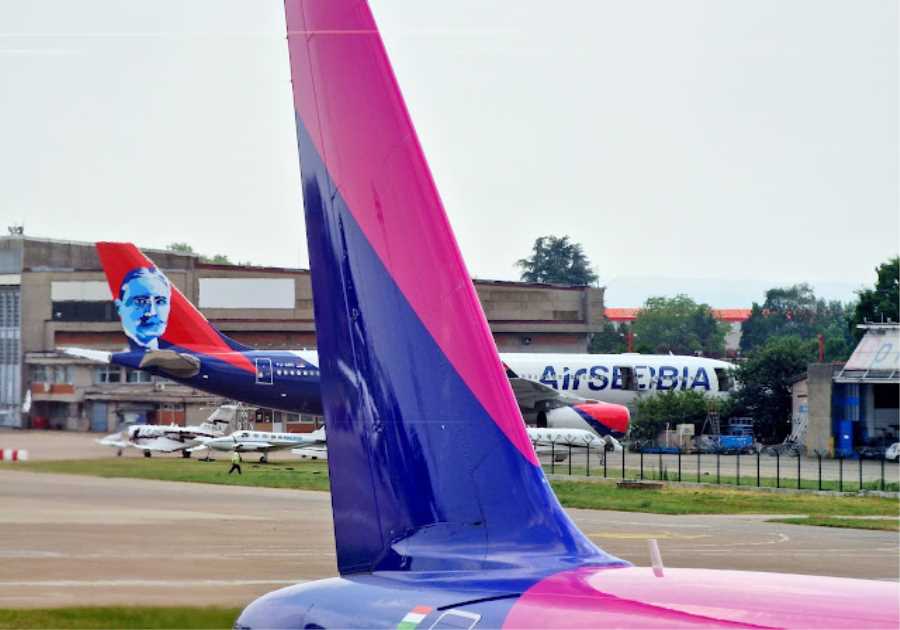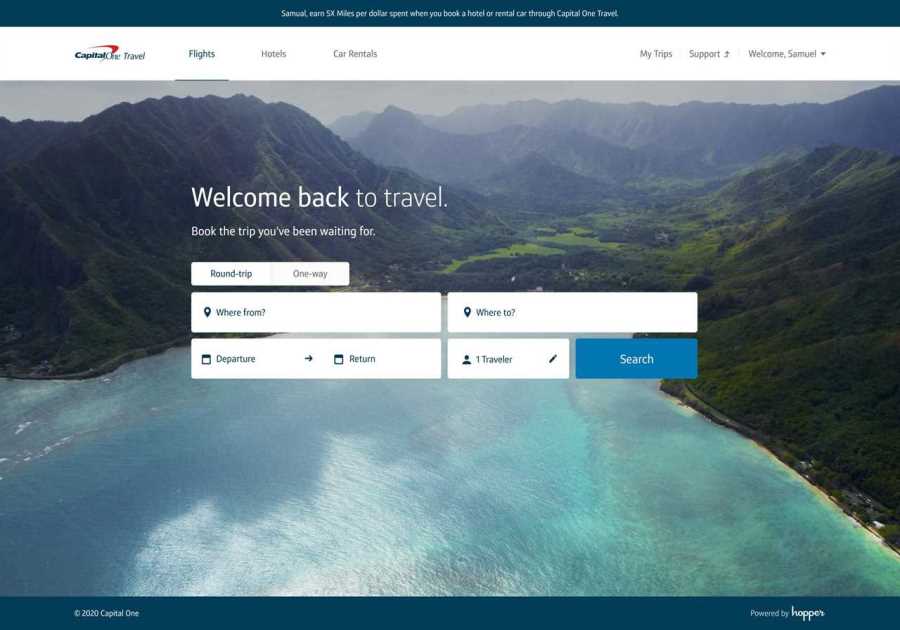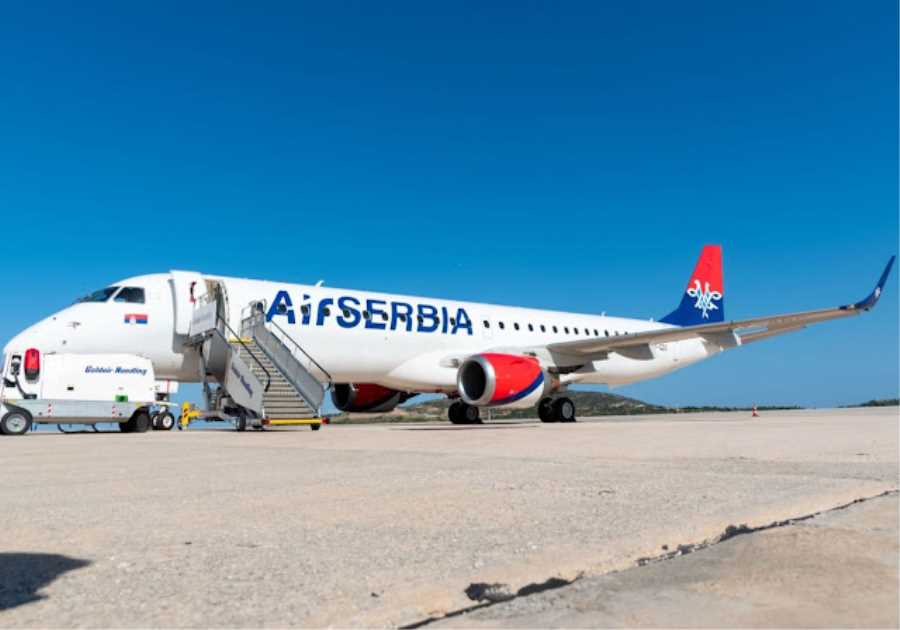HOSTED BY: https://1airtravel.com
TODAY'S READ
A study conducted in the US has shown how 67% of the Americans travelling for leisure now book their flight tickets online, either directly through the airline website, an online travel agency (OTA), or a metasearch engine (Kayak). The online booking process involves six main steps. Let’s have a look at how they work.
Flight Search
This process might happen on various platforms.
Airline website: the requested flight is checked against the inventory data provided by the Airline Reservation System. This returns the available options to the airline website.Online Travel Agency (e.g., Expedia): this is mainly used when passengers compare flights against prices and time of departure/arrival. Sometimes, OTAs are chosen because they provide a faster way of booking complex itineraries that involve multiple flights. OTAs get their information from the so-called Global Distribution Systems (GDSs). GDSs rely on three primary sources of information: a) OAG (Official Airline Guide), or Innovata for information regarding flight schedules; b) ATPCO (Airline Tariff Publishing Company), which sells fare data to OTAs. Carriers working with ATPCO can update their tariffs up to 4 times a day (for example, in the US and Canada) for domestic flights, once per day for international flights, and c) Airline Reservation Systems to check the availability of seats for the requested search. When information related to schedules, fares, and seat availability is collected, the GDSs send back the different options to the OTAs, which display them to the passengers.Metasearch (e.g., Skyscanner): they extract information related to a flight query from several Airline websites and OTAs, extending the range of flight deals provided and, thus, the chance for a passenger to find the cheapest flight. However, metasearch sites do not profit from selling flights, but when a passenger clicks on an offer and reaches the service provider page (an OTA or Airline website).
AA B777 moments before landing in MXP. @ Andrea Ongaro / Travel Radar
Choosing a booking channel
63% of the US leisure travellers prefer to book their flight directly from the airline website, even if they might have found the best offer on an OTA. The main reason for this tendency is that booking directly from an airline website increases the flexibility of the reservation. Indeed, it is easier to change a flight departure time and date, request a voucher or refund directly from the airline instead of contacting an OTA. Furthermore, booking from the airline website means the customer can buy the different ancillary services or products offered, like seat reservations or additional baggage.
Booking process
Whenever we book a flight, the website collects some data and creates the so-called PNR or Passenger Name Record. PNRs are different for every carrier, and they can display up to 999 elements. However, just five of them are essential:
Passenger’s nameFlight itineraryPassenger’s contact infoTicketing: the date the ticket will be issuedThe last person who made changes in the PNR.When a reservation is made through an OTA, it sends all information related to the PNR to the GDSs, which act as the intermediary between the OTA and the Airline Reservation System. At this point, the airline generates a PNR record locator, a unique six characters code. Between the time of reservation and the flight, the information displayed in the PNR might change, for example, if the passenger decides to buy ancillary services, such as a seat or an additional piece of luggage.
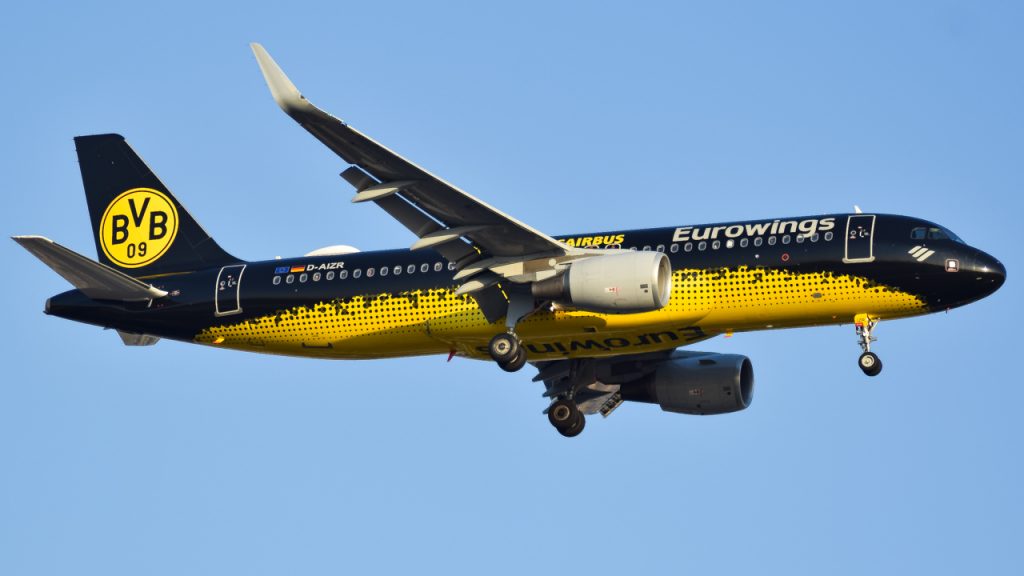
Eurowings A320 moments before landing. @ Marco Macca / Travel Radar
Payment
Both Airline Websites and OTAs rely on Payment Gateways for payments, third-party providers offering different payment methods. Remember, if you buy your ticket through an OTA, the payment process will generally take longer than an airline website. Indeed, the OTA has to ensure that the ticket you’re buying is still available. This means the OTA will send a query to the airline reservation system through the GDS. On receiving the confirmation from the airline, the OTA will complete the transaction.
Ticketing
Although some OTAs and budget airlines require immediate payment upon buying the ticket, booking and ticketing can still be two separate steps in the booking process. The time lag between booking and the ticket issue might take up to three working days, during which the airline verifies credit card details and finalises money transmission. After that, the passenger will receive an e-ticket, an individual electronic receipt linked to the PNR. Airline Reservation Systems will keep a record of the e-tickets issued. OTAs will instead issue the ticket through the GDS, sending a copy to the airline.
Departure
For managing departure operations, airlines rely on the Departure Control System, or DCS, which is integrated with the Airline Reservation System, the airport IT infrastructure, especially the check-in systems, and the airline website and mobile app. The DCS is responsible for the following operations leading up to boarding:
Check-in: both at the airport counter, self-check-in kiosks, or online, through the website o mobile app.Generating a Boarding Pass, which contains a QR code, a unique link to the traveller.Generating the Bag Tag, which contains a ten-digit numeric code. Such code is needed to sort and track baggage on its way from check-in to boarding. Once scanned, these codes appear in IATA WorldTracer, allowing passengers to track their luggage.After boarding the plane, the DCS will change the PNR status of the passenger to “boarded” and, finally, to “flown.”
What do you think of the booking process? Let us know in the comment below!
By: Giacomo AmatiTitle: How does the Flight Booking System work?
Sourced From: travelradar.aero/flight-booking-system/
Published Date: Sun, 13 Feb 2022 13:29:37 +0000
Did you miss our previous article...
https://1airtravel.com/feature/korea-air-launches-biometric-selfboarding


